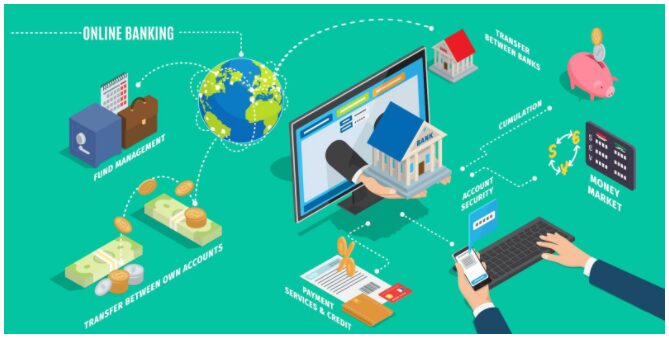Once there was a kaleidoscope. Beautiful, magical, made of dreams. As kids, we took turns to view through it and got amazed. The colourful spectrum you saw when you put it on and gone when you removed it, an entirely different world, right? This kaleidoscope has changed form and is lurking everywhere around us. Be it a phone, a tablet, a computer screen or even your wi-fi, it can take any form and bring the world at your fingertips. And not just the familiar personal gadgets, the renaissance has invented various other devices like Schlage, Neurio, Awarepoint, and Cinder to name a few.
All of us are surrounded by a network of Internet-connected systems today that can be rooted into physical devices collecting data and sharing it across the web. This is what we call as IoT – Internet of Things. On one hand, it can measure and apply insights contextually, on the other hand, it can manipulate and disrupt entire industries.
Due to the popularity, availability, and reach of the internet, IoT has lent a major boost to many industries and sectors in staying connected to their customers and audiences. Banking sector too has reaped benefits by integrating IoT resulting in a renaissance in the field of mobile financial services. Not only has this granted more data access to the banks, but also provided a personalised experience for the customers. As per the report from Tata Consultancy Services, financial institutions have reported an average IoT budget of $117.4 million which is 0.4% of the revenue. The studies reveal that the banks are planning to spend $153.5 million by 2018. A large amount of their IoT budget (29% by 2020) will account for monitoring financial products and services. In 2017, the plan is to allocate 30% of their IoT budget to monitor customers. This allocation is expected to increase to 34% by 2020. It is also expected that by 2020, the focus will shift towards providing insights to salespeople on deciphering key aspects of company products.
Though not all banking organizations have adopted the IoT wave. According to a survey by the International Data Corporation (IDC), only 43% of bankers were aware of the IoT. Despite the obvious ignorance, the study found that 58.4% of finance-industry decision makers viewed the IoT as a ‘strategic’ initiative, while 20% believed it was ‘transformational’. 5.6% of the respondents also believed that IoT was unimportant.
Besides all the associated pros, there are also a few concerns which the financial institutions must take care of. The primary challenge being the privacy of information of the users. The crucial information of the customer’s accounts is present over the network and safeguarding this data is the responsibility of the institutions. This safety and security are directly linked to the customer loyalty and ease of banking. We are already witnessing the inclusion of biometric data in the authentication processes with voice-recognition software, iris-scan and fingerprint scan coming into the picture. Moving a step ahead, MasterCardTM has launched the biometric cards using the chip technology and finger-scan in the cards directly. This might make ATM PIN a thing of past while making the payments more secured.
Financial institutions and banks are gradually recognising the use of IoT in the way they serve their customers but there is still a long way to go till it reaches every individual. As more and more people around the world are connecting to the internet, the financial institutions have better chances to proliferate their market share and provide better customer services.



































